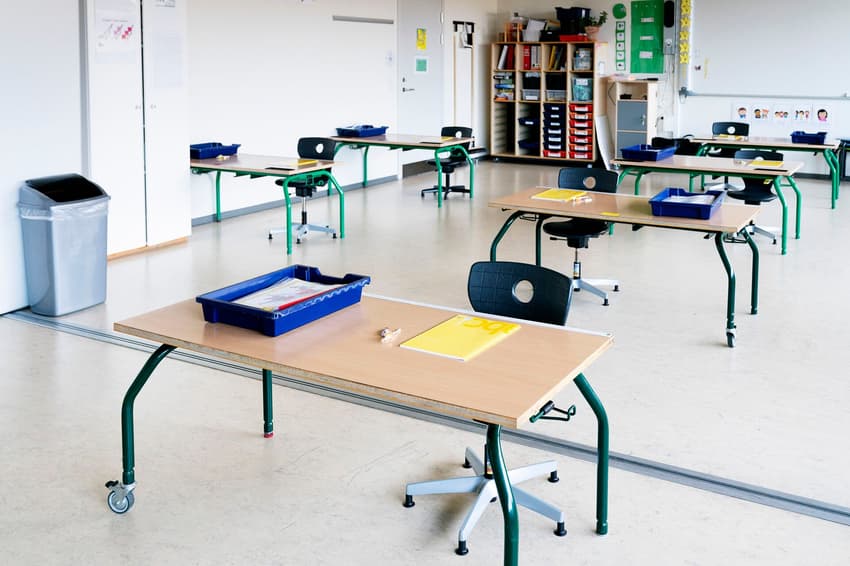One in five children at Danish schools has 10 percent absence

Absence rates among school children in Denmark remain are at 10 percent for one in five children, a slight decrease compared to the previous school year.
New figures from the Ministry of Schools and Education show that the average absence rate in the last school year, 2022/23, was 7 percent.
That is one percent lower than in the preceding year, according to the figures.
The proportion of children with absence over 10 percent is also lower. Last year, 20 percent of children were absence at least 10 percent of the time, down from 26 percent the year before.
Schools minister Mattias Tesfaye said the figures were good news.
“I’m please absence rates at schools are going the right way. High absence can have a big effect on individual pupils socially and academically,” he said.
“If we are to reduce school absence even more, I think it is important to involve the adults who are closest to the child. Teachers, kindergarten staff and parents often know more than us politicians about what is needed to get children to school,” he said.
Although absence rates have fallen, they are still high compared to pre-Covid-19 figures.
Average absence was at a stable level of 5-6 percent prior to the pandemic.
“When you look at the trend it’s a catastrophe,” the director of children’s charity Rasmus Kjeldahl told news wire Ritzau.
“The level we are seeing now is 30 percent higher than before corona. Even back then, the level was concerning,” he said.
He also called for a more proactive approach from Tesfaye.
“I’m actually a bit shocked by his comment. When the numbers trend the way they are, it’s clear that adults close to the children haven’t managed to solve this,” he said.
“[Parliament] needs to step up and make sure municipalities get the strategies to intervene quickly when an individual student starts to get high absence,” he said.
Children themselves should be given greater involvement and are often not asked why they haven’t been at school, he also said.
“These measures often take place over the head of the child and that rarely gives good results,” he said.
Comments
See Also
New figures from the Ministry of Schools and Education show that the average absence rate in the last school year, 2022/23, was 7 percent.
That is one percent lower than in the preceding year, according to the figures.
The proportion of children with absence over 10 percent is also lower. Last year, 20 percent of children were absence at least 10 percent of the time, down from 26 percent the year before.
Schools minister Mattias Tesfaye said the figures were good news.
“I’m please absence rates at schools are going the right way. High absence can have a big effect on individual pupils socially and academically,” he said.
“If we are to reduce school absence even more, I think it is important to involve the adults who are closest to the child. Teachers, kindergarten staff and parents often know more than us politicians about what is needed to get children to school,” he said.
Although absence rates have fallen, they are still high compared to pre-Covid-19 figures.
Average absence was at a stable level of 5-6 percent prior to the pandemic.
“When you look at the trend it’s a catastrophe,” the director of children’s charity Rasmus Kjeldahl told news wire Ritzau.
“The level we are seeing now is 30 percent higher than before corona. Even back then, the level was concerning,” he said.
He also called for a more proactive approach from Tesfaye.
“I’m actually a bit shocked by his comment. When the numbers trend the way they are, it’s clear that adults close to the children haven’t managed to solve this,” he said.
“[Parliament] needs to step up and make sure municipalities get the strategies to intervene quickly when an individual student starts to get high absence,” he said.
Children themselves should be given greater involvement and are often not asked why they haven’t been at school, he also said.
“These measures often take place over the head of the child and that rarely gives good results,” he said.
Join the conversation in our comments section below. Share your own views and experience and if you have a question or suggestion for our journalists then email us at [email protected].
Please keep comments civil, constructive and on topic – and make sure to read our terms of use before getting involved.
Please log in here to leave a comment.